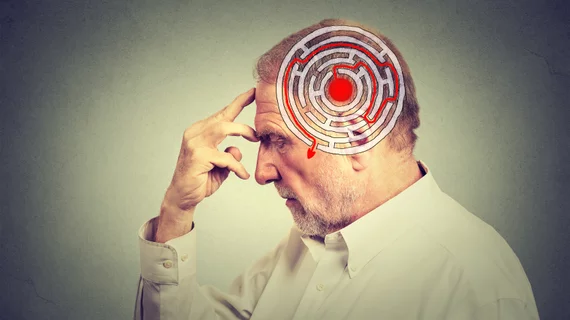RAPID imaging platform cleared to select stroke patients for thrombectomy
The RAPID neuroimaging platform can now be used in the U.S. to select stroke patients who are likely to benefit from endovascular thrombectomy. It is the first imaging platform to be cleared by the FDA as a patient selection tool for this clot removal procedure, according to iSchemaView, which developed the technology.
The new clearance covers the platform’s applications for MRI and CT images, which utilize artificial intelligence and proprietary algorithms to quickly notify clinicians if patients with occlusions of the internal carotid or proximal middle cerebral arteries meet the imaging criteria for thrombectomy.
Don Listwin, CEO of iSchemaView, believes this solution could be particularly useful for community hospitals and physicians who aren’t specialists in stroke care.
“This FDA clearance confirms RAPID as the de facto standard in neuroimaging, not only for the automated analysis of brain images derived from CT and MRI, but now for the diagnosis and treatment of stroke,” Listwin said in a press release issued Jan. 15. “Because RAPID enables stroke treatment decisions that are based on intuitive and easily interpretable real-time views of brain perfusion, physicians will quickly and easily be able to determine which patients can be treated locally and which require urgent transfer to thrombectomy centers—bolstering the capabilities of smaller hospitals and therefore improving patient care.”
RAPID was the only imaging system used in the DAWN and DEFUSE 3 studies, which showed patients benefitted from endovascular clot removal up to 24 hours after stroke onset. Those studies were instrumental in one of the major changes to the 2018 U.S. stroke guidelines, which recommended expanding the window for thrombectomy from six to 24 hours in select patients with acute ischemic stroke.

